Civilian Repair Units
During WW2, RAF Clifton hosted a Civilian Repair Unit on two sites. This Unit was primarily engaged in repairing and installing modifications for the Handley Page Halifax from approximately thirty 4&6 Group Bomber Command squadrons.

Looking across the open expanse of the airfield from nearby the Rawcliffe CRU towards the facilities on Water Lane.
Picture courtesy of Paul Francis from the Airfield Information Exchange Forum.
At its height, the CRU employed close to 3,000 skilled personnel (2,700 at RAF Clifton and a further 300 on mobile secondment to a host airfield).
The damaged aircraft would arrive either by land, having been dismantled, or flown in to land on the new concrete runways that had been built.
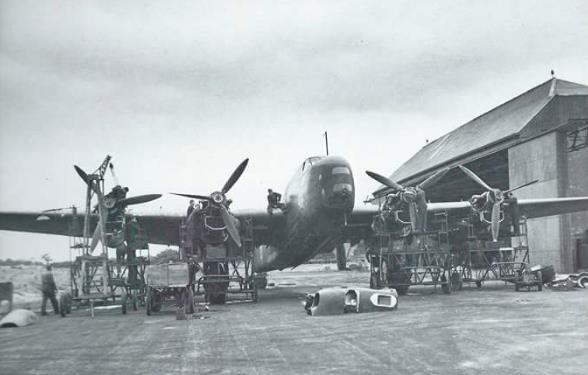
Picture reproduced courtesy of The Press, York......www.thepress.co.uk)
There are many traumatic stories of the damaged aircraft having to be cleared of body parts and hosed out to remove pools of dried blood. The ladies who often undertook such duties were greatly affected by this and, those still alive today (2015), have strong memories of the conditions they experienced inside the damaged bombers.
During the war over 2000 Halifax bombers were repaired or ovehauled in 'The Yard'.
Not all aircraft were fully disarmed and one apprentice, whilst 'playing' in the rear turret let fly a burst of gunfire in the direction of the dining hall. Although some of the bullets hit the building, nobody was injured.
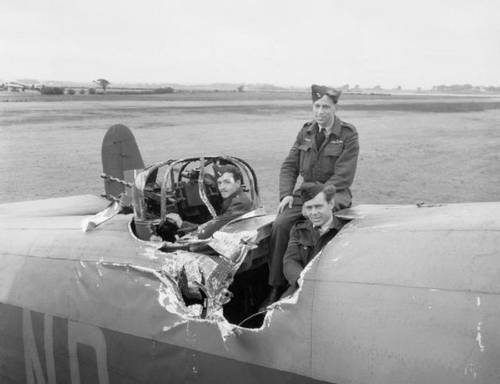
Photo credit: Imperial War Museum
The pilot and two of his crew pose with their damaged Halifax Mk.II from 158Sqn which was hit by a falling bomb dropped by another Allied plane during a raid on Cologne on the night of 28-29 June, 1943. This Halifax would have been repaired at RAF Clifton.
Families of those who worked at York report that their relations worked on the famous "Friday the 13th" Halifax B Mk.III, LV907 NP-F. This Halifax, with various modifications, went on to fly 128 operations.
Only the nose art was saved and is on display in the RAF Museum in Hendon.
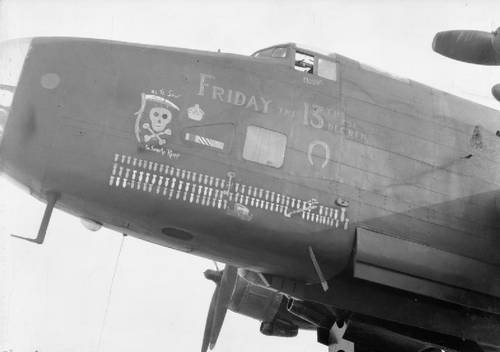
At the end of the war, over 1000 Haifax bombers were flown into RAF Clifton from all over the country to be scrapped.
The resulting pile of scrap metal reached 80ft high and became a landmark near Rawcliffe Village.
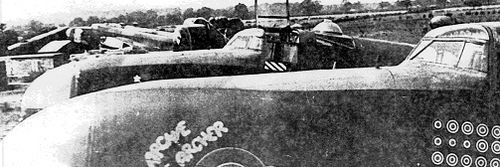
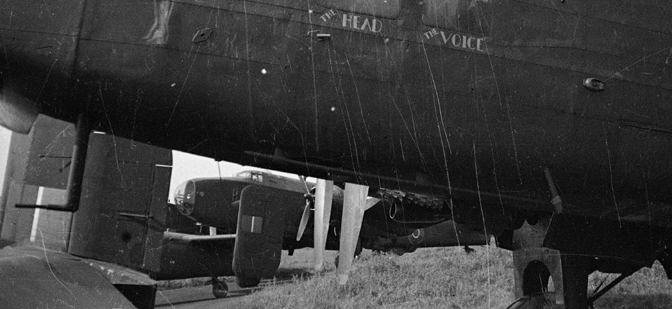
The images above give some idea as to the number of Halifax bombers that were scrapped at Rawcliffe.
The Halifax nose-art photographs are courtesy of the Bomber Command Museum of Canada.
By mid 1947 all the work came to an end and the airfield and repair complexes were closed down.
The large hangers were put to civilian use before, in their turn, the land was used for housing.


Several of the hangers were taken over by Armstrong Engineering Ltd.
Pictures courtesy of Paul Francis from the Airfield Information Exchange Forum.
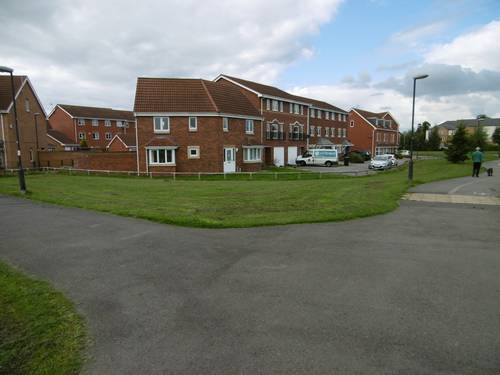
Today, the roar of aero engines is no more and there is no trace of what used to happen around this location.